Technical Analysis for Direct Access Trading: A Guide to Charts, Indicators, and Other Indispensable Market Analysis Tools
$8.98
| Author(s) | |
|---|---|
| Pages |
231 |
| Format |
|
| Publication Year |
2001 |
Technical Analysis for Direct Access Trading introduces basic charts, screens, and analysis, and covers popular analytic systems including price, volume, and volatility; support and resistance; and relative strength and trends. It also explains how to combine technical and fundamental analysis for taking advantage of the best aspects.
Introduction:
Technical Analysis for Direct Access Trading is organized into eight chapters. The next chapter introduces the uses of technical analysis, with special emphasis on direct access trading and the new environment available for technical analysis as a result of this technology. Chapter 2 explains where the investor goes given the massive array of choices that financial markets present and where, among these choices, technical analysis can add value to the direct access trader. Note, however, that this analysis is by no means of use only to direct access traders.
In Chapter 3 the issue of what exactly all the ballyhooing about whether technical analysis works or not is taken upwith more detail. In Chapter 4 we get into the first wave of strategies for predicting price movements on equity and other markets. This chapter covers what are called price patterns or price formations. In Chapter 5 we look at the oldest and one of the most famous theories that compose the technical analysis school of thought. This is the Dow theory. In Chapter 6 we look at two of the most commonly used tools of technical analysis: momentum indicators and moving averages.
In Chapter 7 we discuss another interesting idea that occurred to a practitioner of technical analysis, who formalized it into a minor subset of technical theory. In Chapter 8 we present two interviews with colleagues who were kind enough to share their thoughts on the markets in general and the potential of investing with technical analysis for a small investor.
Contents:
- Technical Analysis Basics
- Technical versus Fundamental Analysis
- Price Formations and Pattern Completion
- The Dow Theory
- Moving Averages, Momentum, and Market Swings
- Elliott Wave Theory
Technical Analysis for Direct Access Trading: A Guide to Charts, Indicators, and Other Indispensable Market Analysis Tools By Rafael Romeu pdf
3 reviews for Technical Analysis for Direct Access Trading: A Guide to Charts, Indicators, and Other Indispensable Market Analysis Tools
Clear filtersOnly logged in customers who have purchased this product may leave a review.

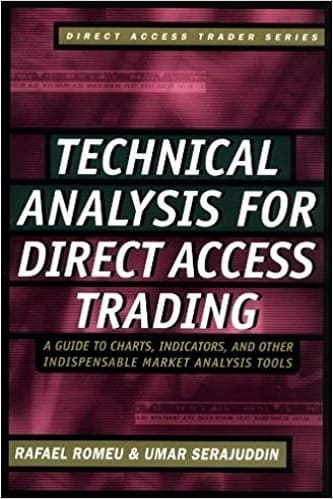

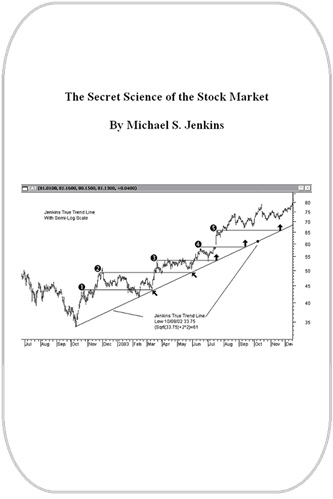
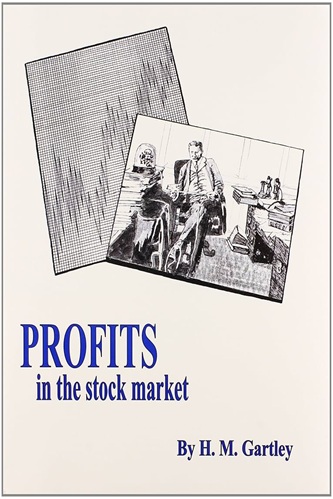
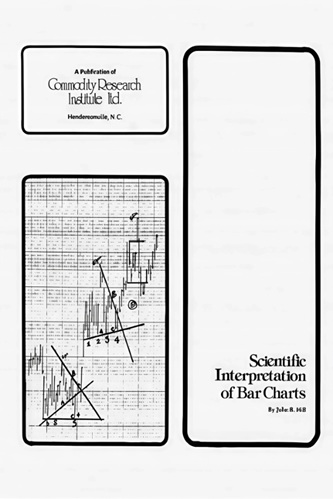
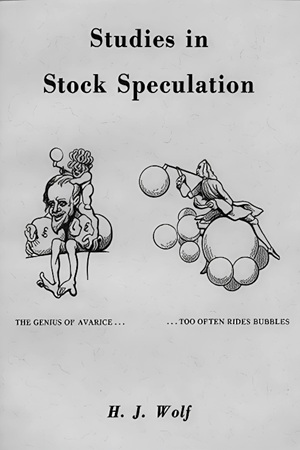

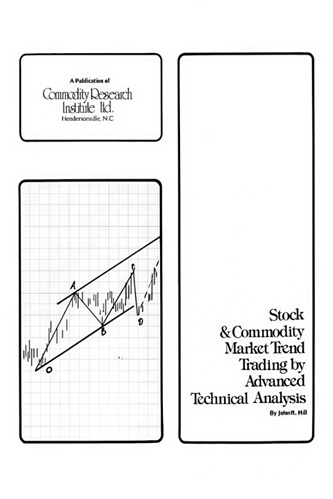
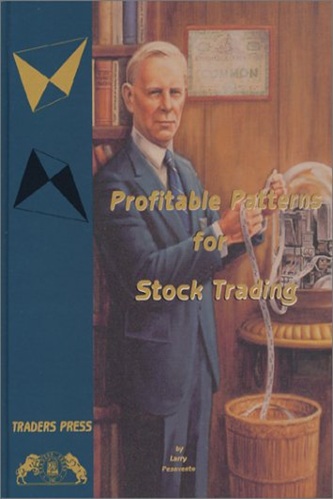
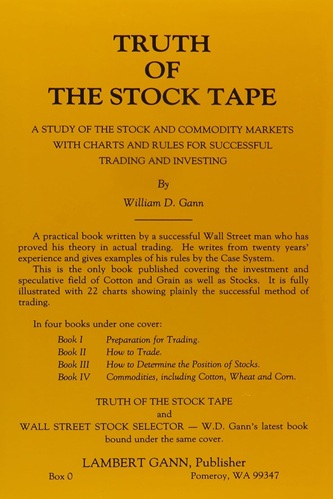
Chana Portillo (verified owner) –
A great example of its kind — I’ve read several books looking for one both knowledgeble and entertaining and this certainly fits the bill. If you are trying to do research or learn more about the practice of trading, this is very helpful. It presents a comprehensive (and comprehensible) guide to the world of direct access trading. Good job!
Wallace Shelton (verified owner) –
I tried very hard not to be predisposed against this book just because it was written by two academics. But once I started reading, it was impossible to ignore the fact that this title reads like a bad college textbook. The worst section here is that on moving averages, which suggests how to identify trends by deriving some equations related to the moving averages. This is complete with fancy looking formulas with epsilons and everything, and yet after all that no useful trading recommendations whatsoever are suggested. “For example, the technician will use a rule that if the price falls 10% below the moving average, it probably is not a whipsaw”. This is a totally ridiculous commentary for trading at any time frame.
The reason my rating goes beyond just plain bad and into 1 star territory is that, in addition to providing negligable trading advice throughout, there were two sections that gave recommendations that are entirely the opposite of correct. In the section on support and resistance, the authors advocate selling at resistance points, and suggest that one will go broke if you always buy at resistance and sell at support. This is completely wrong; really great stocks will hover at resistance and then blow right through it on the upside, while poor stocks will linger around support for a while and then crash right through it hard. Buying at support and selling at resistance will put you on the wrong end of both of these. Read about the strategies of a great trader like Jesse Livermore to learn the right way to do things, which is to buy at the top end of the resistance point as the stocks breaks out and then sell it if falls to support.
Second example: “Say the CEO of Coke died in a plane crash along with the formula. Coke stock would plummet, right? But technical analysis would not pick that up”. This shows the authors have a basic misunderstanding of TA: of course it would pick this up. You’d get a clear as could be gap down followed by a downward breakout in this sort of situation, a kindergarten market technician could tell you something bad had happened and that you should sell via the chart without even hearing the news. That’s the basic premise behind technical analysis, and the fact that the authors don’t even understand that fits right in with the rest of this dissapointing book.
Stephen Stout (verified owner) –
It explain well the relationship between price and volume, but I expected more discussion on the technical indicators like stochastics, MACD, Williams %R,RSI, OBV ect… It doesn’t cover well time frame that has to be used when reading technical indicators. And it doesn’t show you how to combine the diferents indicators.